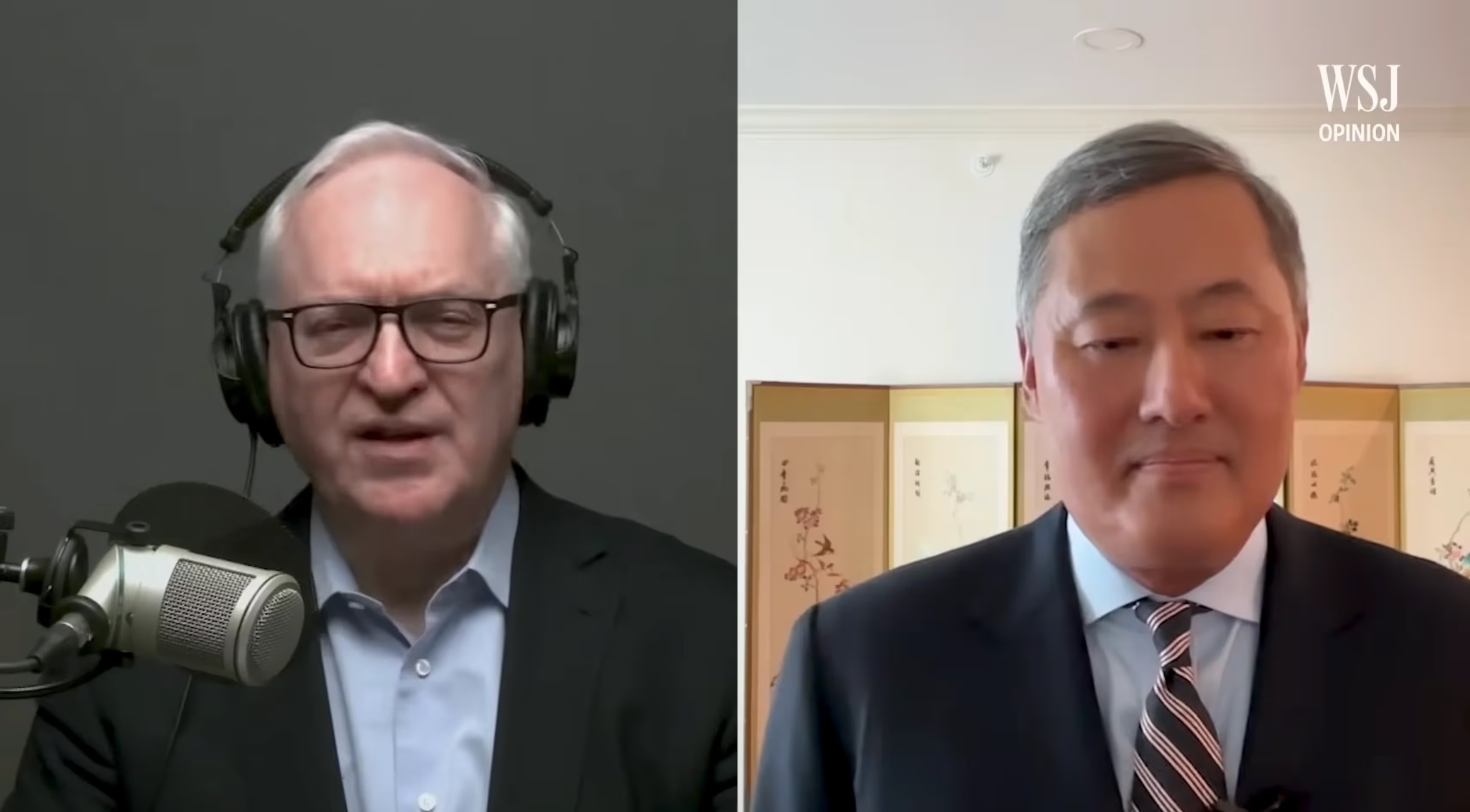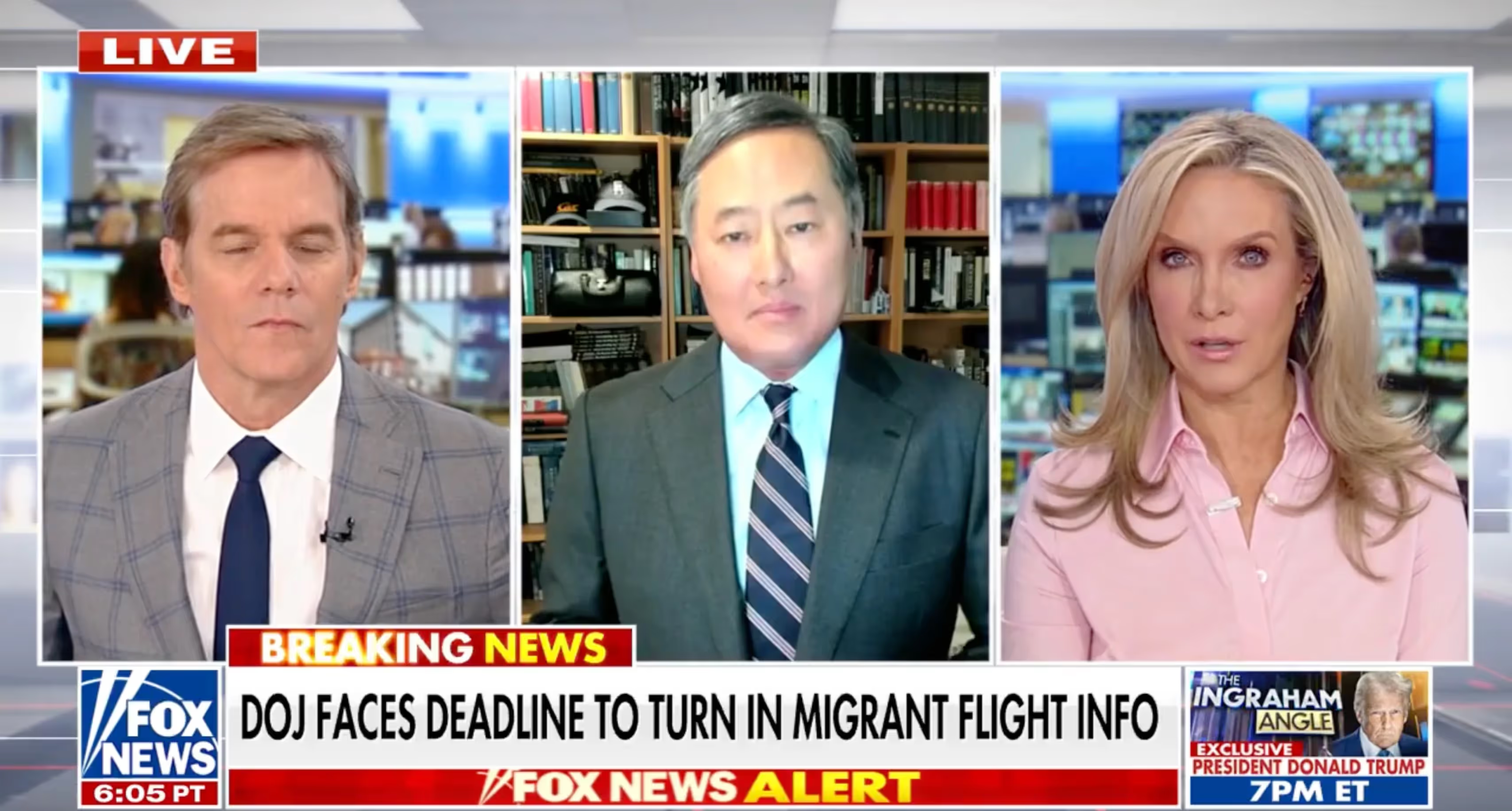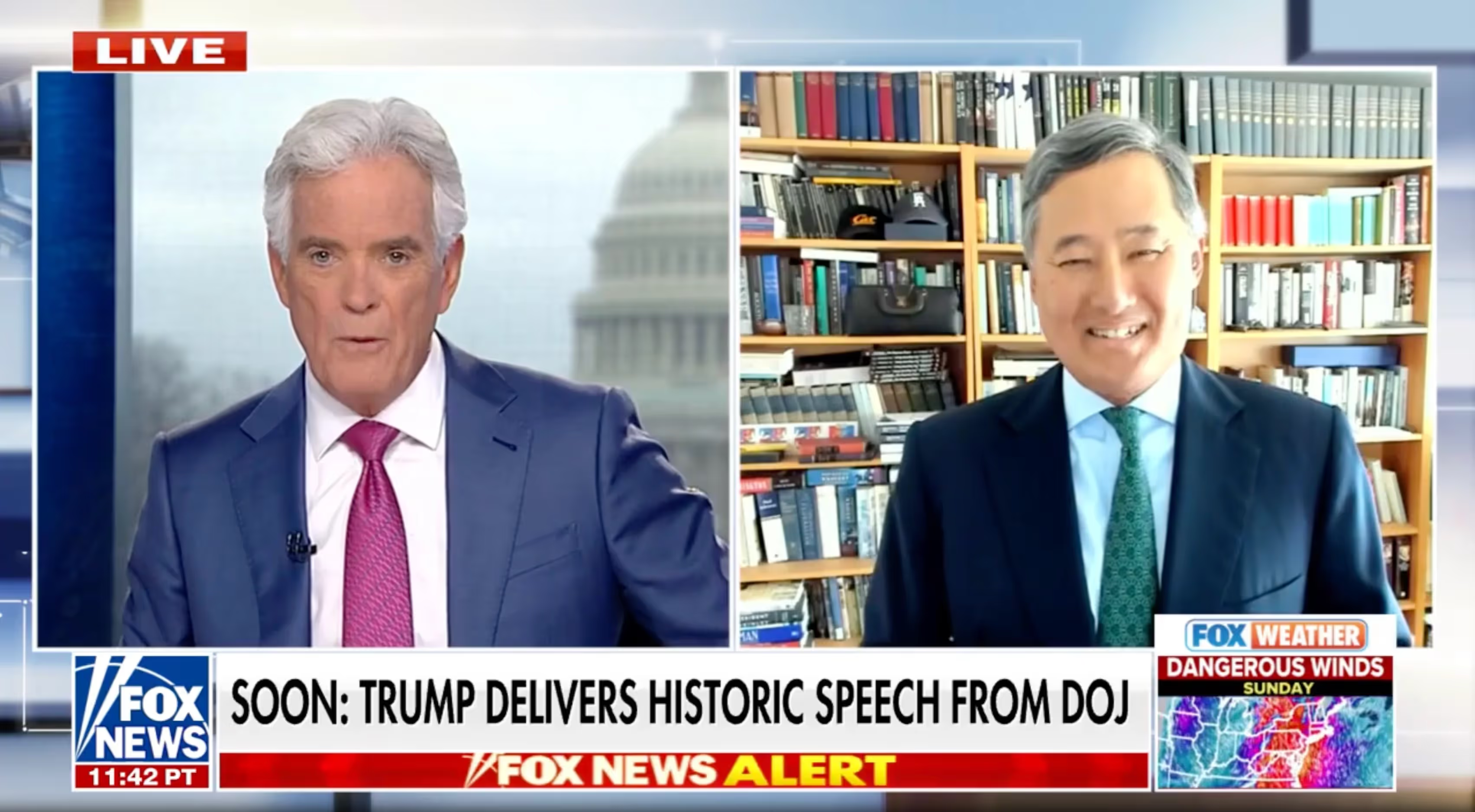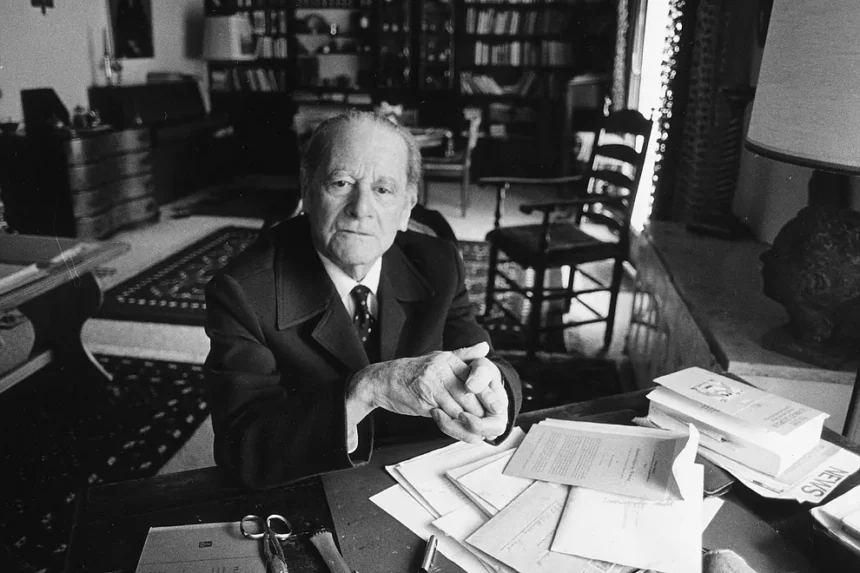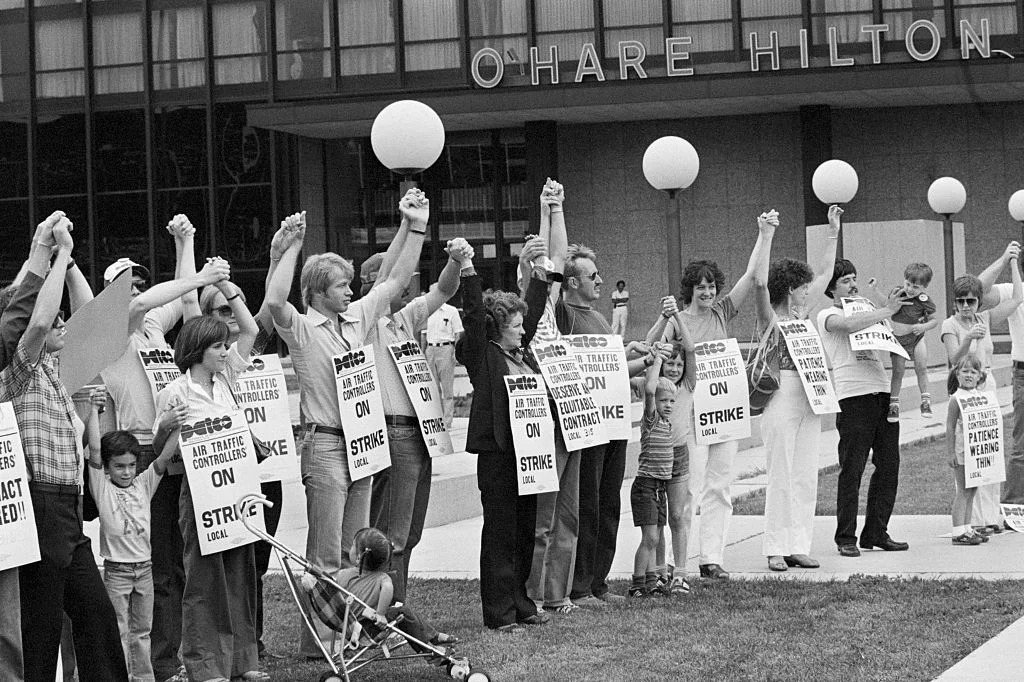
Why Reagan Crushed the PATCO Strike
While Reagan’s decision to fire the striking workers seems obvious in retrospect, it was far from so at the time.
In the summer of 1981, Ronald Reagan faced one of the most difficult and consequential decisions of his presidency.
PATCO, the union representing federal air traffic controllers, was threatening to strike. The controllers managed air traffic for the entire nation. A plane crash resulting from not having the workers on the job could have been disastrous for the new president, who was coming off being shot, almost fatally, in March. Complicating matters even further, the union had endorsed Reagan in his 1980 election against Jimmy Carter.
Technically, it was and is illegal for federal workers to strike. And Reagan strongly believed in the importance of adhering to the law. So, although a strike was a politically sticky situation, it was also an opportunity. This pivotal moment is the basis for Andrew Busch’s new book, Ronald Reagan and the Firing of the Air Traffic Controllers. Busch, a professor of government at the University of Tennessee, has written this short and compelling book for the University of Kansas Press’ series on landmark presidential decisions. A book on this decision definitely merits inclusion in the series.
In short, easily digestible chapters, Busch presents the setting, the key characters, the decision itself, and the political reaction to and long-term consequences of Reagan‘s decision. As noted, the setting was a complicated one, and Reagan knew that he was under the spotlight. Fortunately for him, he had had a lot of experience in the spotlight from his time as an actor, and he knew how to make the most of a big moment.
Reagan wasn’t entirely alone in his effort. As Busch explains, “Reagan’s response to the PATCO strike involved a great many other people in the executive branch, in the coordinate branches, and entirely outside government.” One of Reagan’s top advisors in this effort was Transportation Secretary Drew Lewis, who had been a skilled political operative in Pennsylvania before joining the Reagan administration. As Busch explains, Lewis was an effective manager of the crisis, but he was also operating under explicit directions from Reagan. As Reagan instructed: “I told Lewis to advise the union’s leaders that, as a former union president, I would probably be the best friend his organization ever had in White House, but I could not countenance an illegal strike.”
Another key player was pollster Richard Wirthlin. Wirthlin was a Berkeley PhD and a former economics professor at Brigham Young University. He was a longtime political pollster who was introduced to Reagan by former presidential candidate, Arizona Senator, and author of The Conscience of a Conservative, Barry Goldwater. Wirthlin was an insightful advisor on public opinion, but as he himself explained, his job was “not to tell Reagan what he should do but to help him find the most effective way of explaining what he already wanted to do.”
In this case, Reagan was already clear about what he wanted to do. The illegality of the strike was crucial to Reagan’s reasoning in his decision to fire the 11,000 striking workers; replace them with a combination of non-strikers, emergency fill-ins, and new hires; and steadfastly refuse to allow the workers who had struck illegally to be hired back after the strike was over. Even though Reagan was confident in his judgment, he could not have succeeded without public support for his strong stance.
Still, it was not easy, as Reagan was under tremendous pressure to compromise with the illegally striking workers. Reagan held firm to his position in a way that many other politicians would not. According to Reagan White House Counsel Peter Wallison, “Most politicians, confronted with this crisis, and mindful of the potential consequences of an air disaster, would’ve sought a face-saving solution – a commission, a White House meeting followed by a compromise, or submitting conciliatory legislation to Congress… Not Reagan.”
Favorable circumstances allowed Reagan to stand firm. Busch notes that “Reagan‘s favorite publication, William F. Buckley‘s National Review, assessed shortly after the strike began that ‘in this contest, the only things Reagan has going for him are law, economics, total public support, and the practical leverage inherent in the fact that despite the strike, three quarters of scheduled flights were operating.’”
In addition to the factors Buckley identified, another factor that worked in Reagan's favor was that PATCO grossly underestimated its leverage in this situation. Busch explains that “the union had endorsed Reagan and believed it had a commitment from Reagan to back its demands. PATCO’s 1972 endorsement of Richard Nixon had paid dividends, and PATCO hoped that history would repeat.” Hope, as they say, is not a strategy. Reagan was well aware of how union unrest had roiled the United Kingdom in the infamous 1978-1979 “winter of discontent,” and he was determined not to allow the same thing to happen in the U.S.
Time has vindicated Reagan’s decision. The air traffic control system held, and Reagan’s strong stance ensured that public sector union strikes would not plague the U.S. In the years since Reagan’s decision, there have been no major federal public sector union strikes, as American public sector unions have directed their efforts far more towards political organizing rather than striking to pursue their goals.
Another positive impact of Reagan’s stance was that it set the tone for his presidency, both domestically and in terms of foreign policy. George Shultz, who served as Reagan’s Secretary of State, called Reagan’s decision one of the most important foreign policy decisions Reagan ever made because it showed the Soviets that Reagan was serious about sticking to his guns. The decision also showed congressional Democrats that Reagan was not to be trifled with, which helped him get his agenda passed in Congress. The popularity of Reagan’s decision – rooted in the illegality of the strike – also helped him with the American people, providing essential backing for his agenda at home and abroad.
Throughout the book, Busch’s long historical lens helps assess the long-term impact of Reagan’s decision. Busch notes that even 12 years later, in 1995, when Democratic President Bill Clinton entered office and rescinded the ban on hiring the controllers who had struck, he was extremely cautious in how he did it. As Busch writes, “it was a testament to the ongoing symbolic power of Reagan’s decision that the order went out while President Clinton was on vacation, and not under his name.”
At the same time, Busch is also clear-eyed about the downside of Reagan's decision. He notes that it also solidified the unions' move to the Democratic Party, a shift that is only now being questioned among certain blue-collar unions. Although Democrats have long had an edge with union voters, the Reagan decision led to a period in which the political leanings and financial support of most unions were almost overwhelmingly Democratic.
Every president is called to make crucial decisions. These decisions are made in real time with countervailing interests and external forces swirling around the president. As Colin Powell has observed, only the most difficult decisions reach the president's desk. The easy ones are resolved long before they are escalated to the Oval Office. While Reagan’s decision to fire the striking workers seems obvious in retrospect, it was far from so at the time. Busch’s useful book demonstrates why Reagan made the decision he did and, in doing so, helps advance the current-day understanding of why Reagan was such a successful president.
Presidential historian Tevi Troy is a Senior Fellow at the Ronald Reagan Institute and a former senior White House aide. He is the author of five books on the presidency including, most recently, “The Power and the Money: The Epic Clashes Between Commanders in Chief and Titans of Industry.”
Politics
.webp)
Liberal Democracy Reexamined: Leo Strauss on Alexis de Tocqueville
This article explores Leo Strauss’s thoughts on Alexis de Tocqueville in his 1954 “Natural Right” course transcript.
%20(1).avif)
Long Distance Migration as a Two-Step Sorting Process: The Resettlement of Californians in Texas
Here we press the question of whether the well-documented stream of migrants relocating from California to Texas has been sufficient to alter the political complexion of the destination state.
%20(3).avif)
Who's That Knocking? A Study of the Strategic Choices Facing Large-Scale Grassroots Canvassing Efforts
Although there is a consensus that personalized forms of campaign outreach are more likely to be effective at either mobilizing or even persuading voters, there remains uncertainty about how campaigns should implement get-out-the-vote (GOTV) programs, especially at a truly expansive scale.

Decadent Ideology, Decaying Fraternity
Richard Reinsch reviews Prosperity and Torment in France by Chantal Delsol.

DC and LA Failures Play Into Trump’s Hands
Although clearly violating America’s long-standing federalist principles, Trump’s incursions are being justified by the incompetence of most blue-city leaders.

Remembering Ed Banfield's “The Unheavenly City"
Banfield’s most valuable work describes phenomena we have all recently noticed: the easy transition from student to activist to revolutionary to criminal.

Will State Attorneys General Allow Their Cities to Make Energy Policy?
The effort to apply state law to redress climate injuries has been spearheaded not by state officials eager to protect their home turf, but by international non-profits, NGOs, and out-of-state private law firms frequently representing local governments.


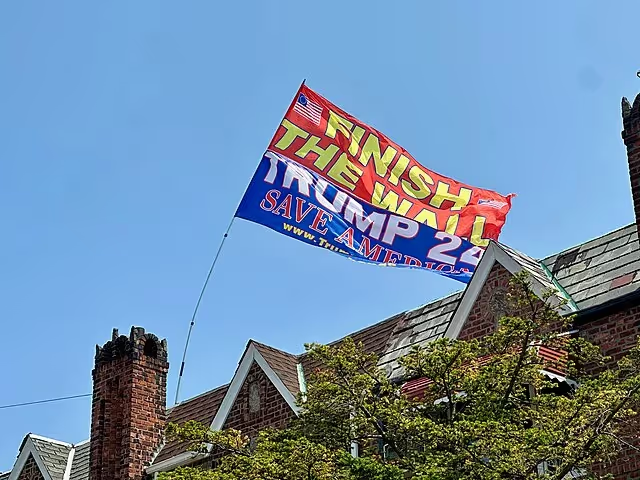
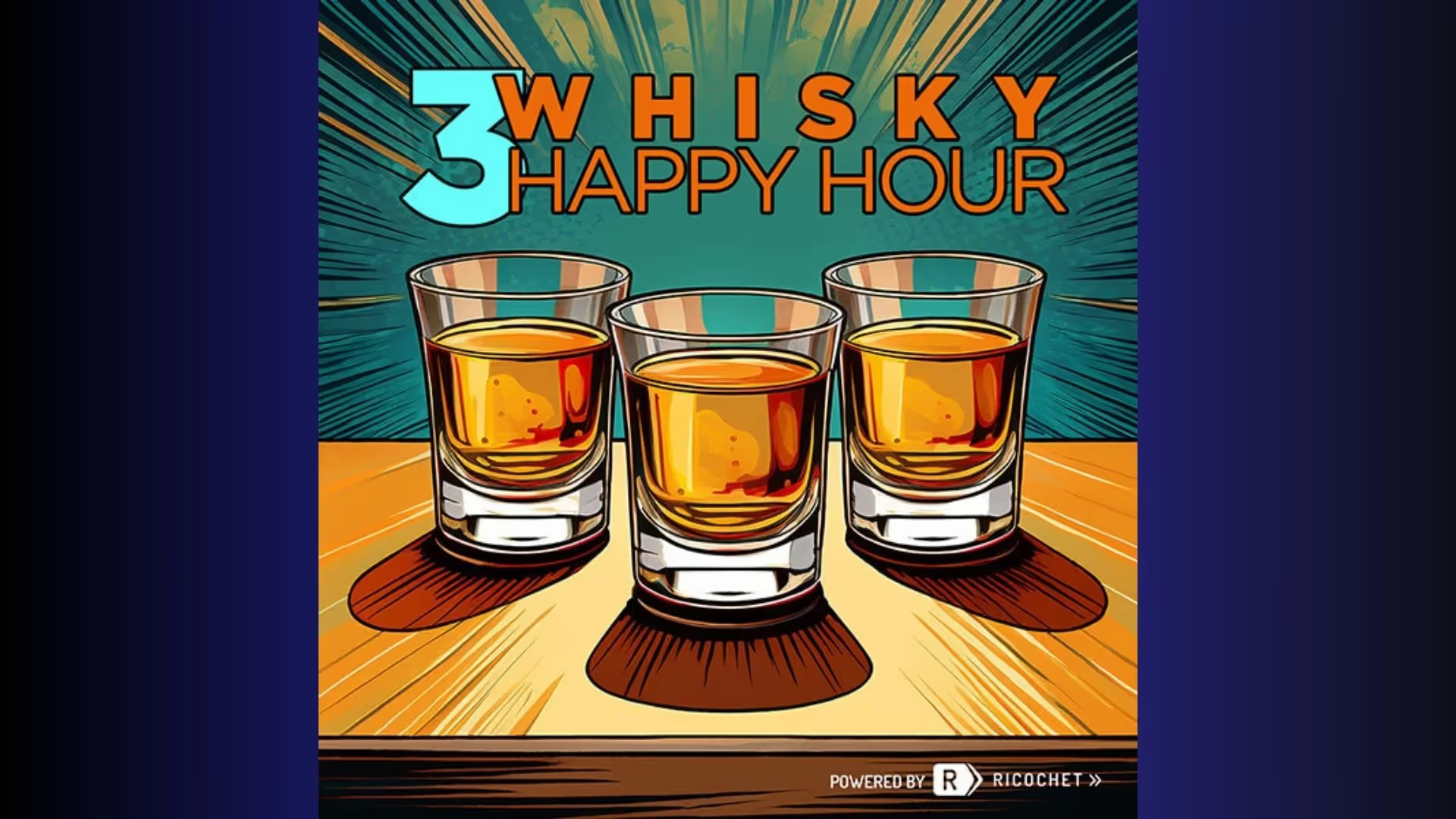
.avif)


